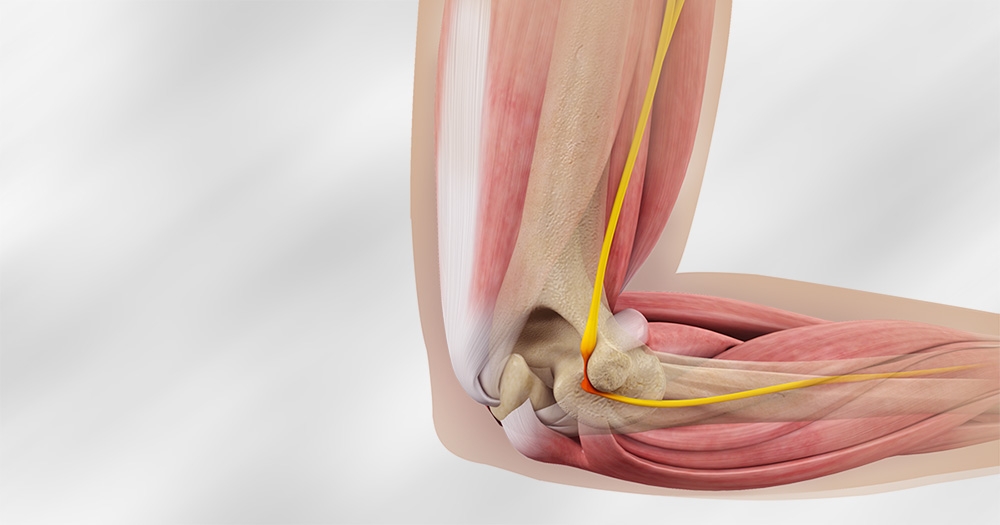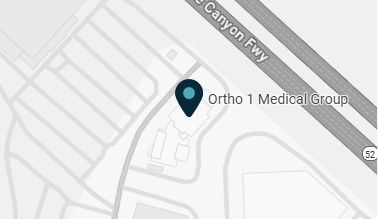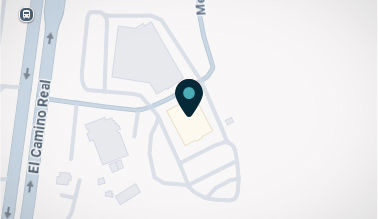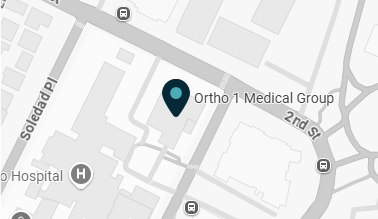Are you experiencing numbness or a tingling sensation in your fingers? Cubital tunnel syndrome could be to blame. This condition develops when the ulnar nerve gets compressed or irritated at the elbow.
This compression usually results from different factors, like prolonged elbow bending or direct pressure on the joint. The board-certified orthopedic surgeons at Ortho 1 Medical Group in sunny San Diego, La Jolla, Chula Vista, and Coronado, California specialize in diagnosing and treating this painful condition.
Recognizing the signs of cubital tunnel syndrome is important since, without treatment, this condition can lead to permanent nerve and muscle damage. Here’s a look at the common signs of cubital tunnel syndrome and the treatments available to help.
1. Tingling or numbness in your fingers
Do you ever experience a tingling sensation in your ring and little fingers? This "pins and needles" feeling, especially when you bend your elbow for extended periods, might be the first sign of cubital tunnel syndrome. The ulnar nerve provides sensation to these fingers, and when it's compromised, the result is that familiar tingly feeling.
2. Weakness in your hand
If you're having difficulty with tasks that require a firm grip, or you’re clumsily dropping objects more frequently, this could be a symptom of cubital tunnel syndrome. The ulnar nerve plays a role in guiding the muscles in your hand, and when it's affected, so is your strength.
3. Pain in your elbow
While the symptoms often manifest in the hand, the real trouble spot is back at the elbow. If you're experiencing a consistent ache or a popping/snapping feeling on the inner side of the elbow, it could be a sign that the ulnar nerve is irritated.
4. Sensitivity in the pink and ring fingers
Imagine touching a cold glass and feeling an intensified cold sensation in your ring and pinky fingers. This heightened sensitivity is another telltale sign of cubital tunnel syndrome, indicating that your ulnar nerve is sending some mixed signals.
5. Trouble with finger movement or coordination
If you find yourself struggling with precise tasks, like typing or buttoning a shirt, the ulnar nerve might be to blame. Coordination issues can creep up, making day-to-day activities unexpectedly challenging.
Treating cubital tunnel syndrome
If you recognize these symptoms of cubital tunnel syndrome and they persist for six weeks or longer, be sure to schedule an appointment with one of our orthopedic specialists at Ortho 1 Medical Group.
This is because without proper treatment, your ulnar nerve is at risk of permanent damage. Unfortunately, once the nerve undergoes severe damage and muscles waste away, this can't be reversed.
The good news is that different treatments for cubital tunnel syndrome exist. Our team at Ortho 1 Medical Group diagnoses your condition and tailors your treatment to the severity of your symptoms. Here’s a look at some of the more common conservative and surgical treatments:
Conservative therapies
For many patients, conservative therapies, like adjusting daily activities, may be all that’s needed to prevent or ease the onset of symptoms related to cubital tunnel syndrome. Your provider may also recommend taking non-prescription anti-inflammatory medicines, such as ibuprofen, to relieve pain and reduce swelling.
For some patients, wearing a sling or brace helps keep the elbow from bending too much. This eases pressure on the nerve, providing much-needed relief — especially during sleep. And in some cases, your provider may recommend nerve gliding exercises to help the ulnar nerve slide through the cubital tunnel and the canal at the wrist.
Surgical interventions
For patients with more severe symptoms, a surgical intervention may be required. At Ortho 1 Medical Group, our team performs the following surgical procedures to help address cubital tunnel syndrome:
- Cubital tunnel release: A procedure that involves increasing the size of the cubital tunnel to give the nerve more room
- Ulnar nerve anterior transposition: Moving the nerve to a spot where it isn't easily compressed
- Medial epicondylectomy: Removing part of the medial epicondyle, the bony bump on the inner part of the elbow, to prevent nerve strain
If you recognize the symptoms of cubital tunnel syndrome, don’t wait to schedule an appointment online or over the phone at Ortho 1 Medical Group in Southern California today.





















